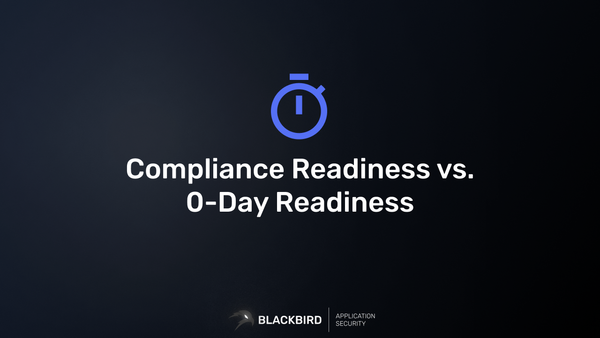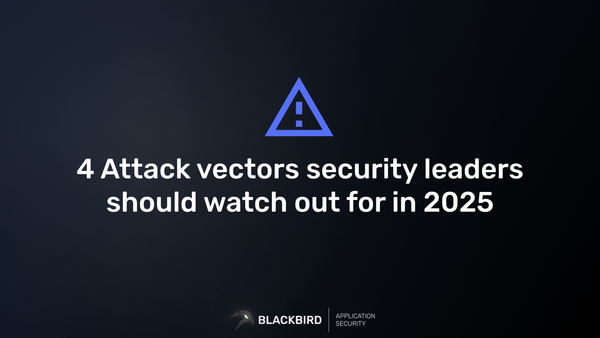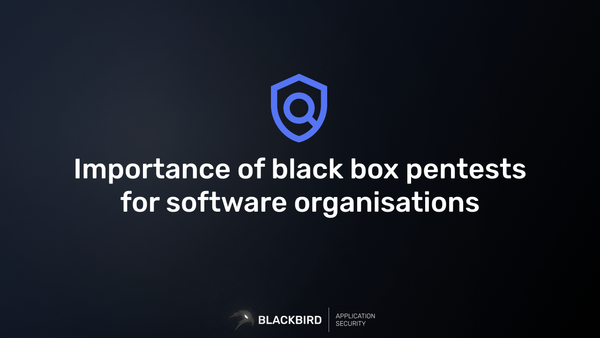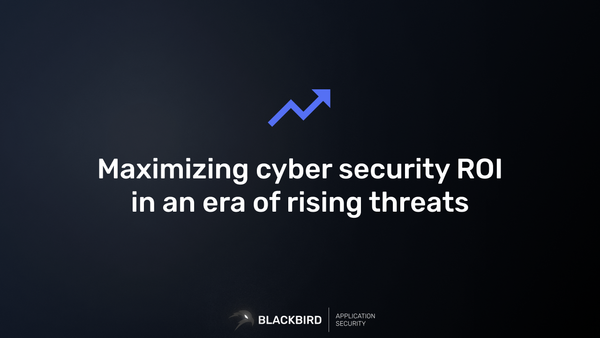When is the best time to schedule a pentest?
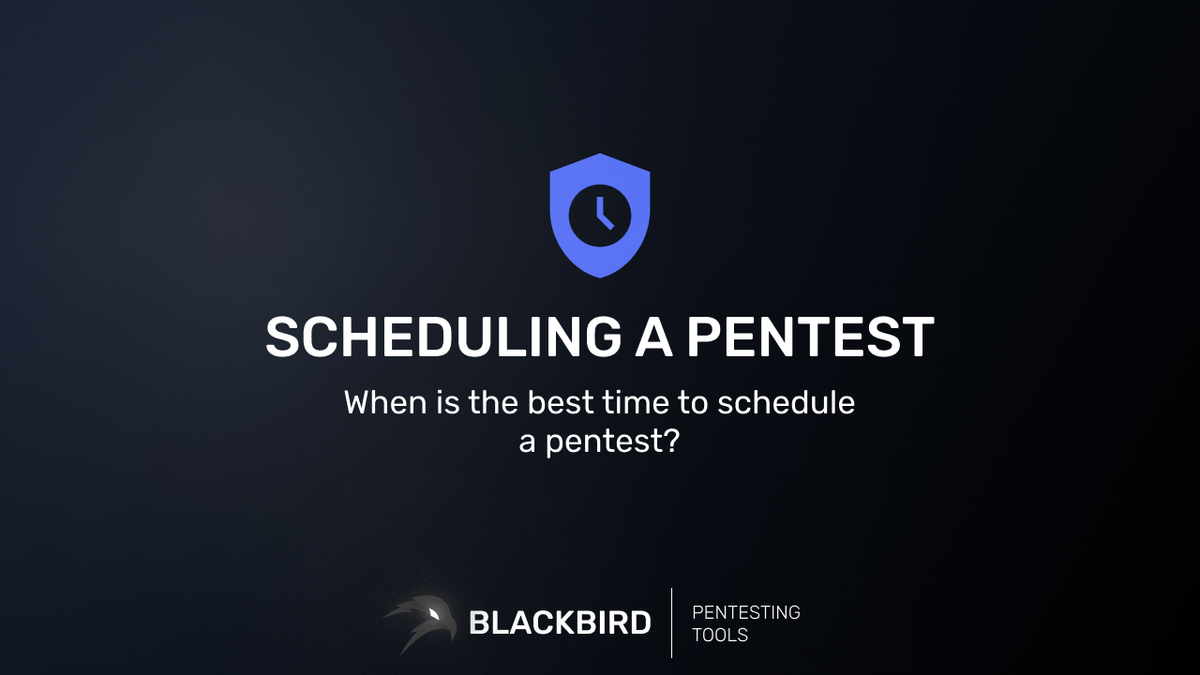
Conducting a pentest is crucial for your cybersecurity strategy. But timing is essential. In this article, you'll discover the best time to perform a pentest and why periodic pentests can be valuable.
The ideal timing for a pentest
The ideal timing for a pentest is after major changes have taken place. For example:
- During the development of a new feature or functionality
- Configuration changes
- Infrastructure changes (new services and servers, third-party integrations, etc.)
Has your product team just completed a new feature or functionality within your web application? Then it's recommended to have it thoroughly tested before shipping it to production.
Cybercriminals continuously perform reconnaissance on potential targets by systematically monitoring changes in publicly accessible sources, including change logs, JavaScript files, and API documentation or product version numbers. They specifically anticipate periods of increased development activity, when development teams are under pressure to meet deadlines. These high-pressure moments often lead to security oversights and implementation errors that are subsequently actively exploited.
How often should you perform a pentest?
The frequency depends on various factors, such as any compliance requirements applicable to your company (ISO 27001, SOC 2, etc.), your industry, as well as the frequency at which you make new changes.
Conclusion
The right timing of a pentest is crucial for effective cybersecurity. Periodic tests ensure continuous security, while targeted tests after changes address specific risks.
Want to know the best pentest frequency for your organization? Contact us for personalized advice.


